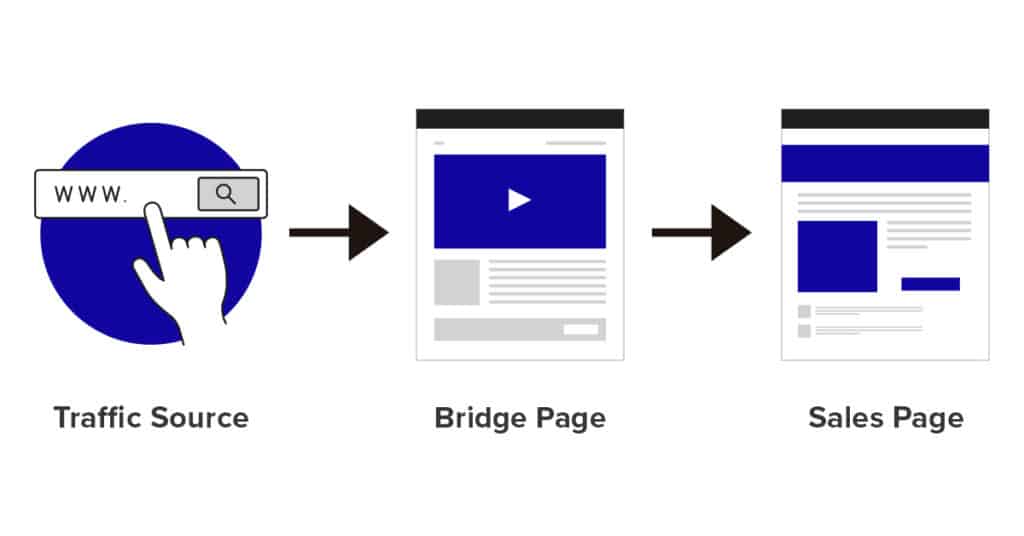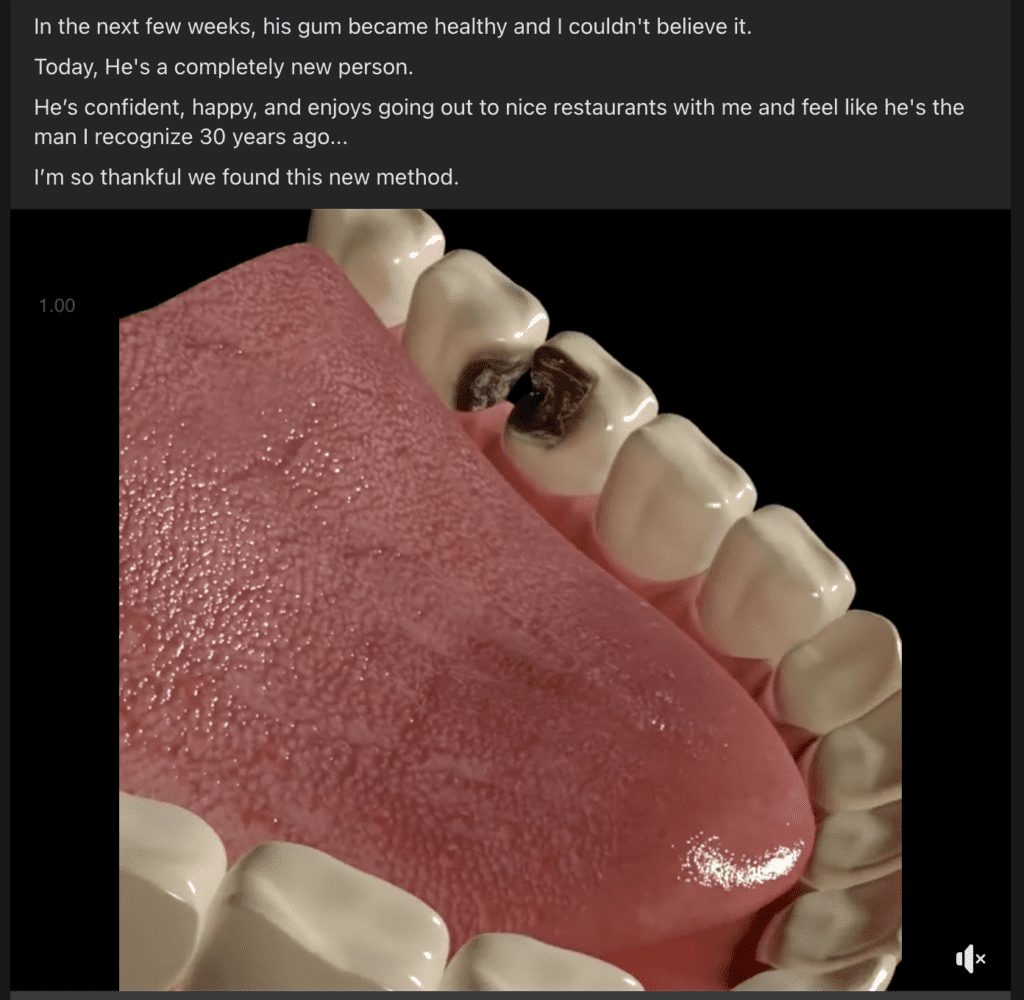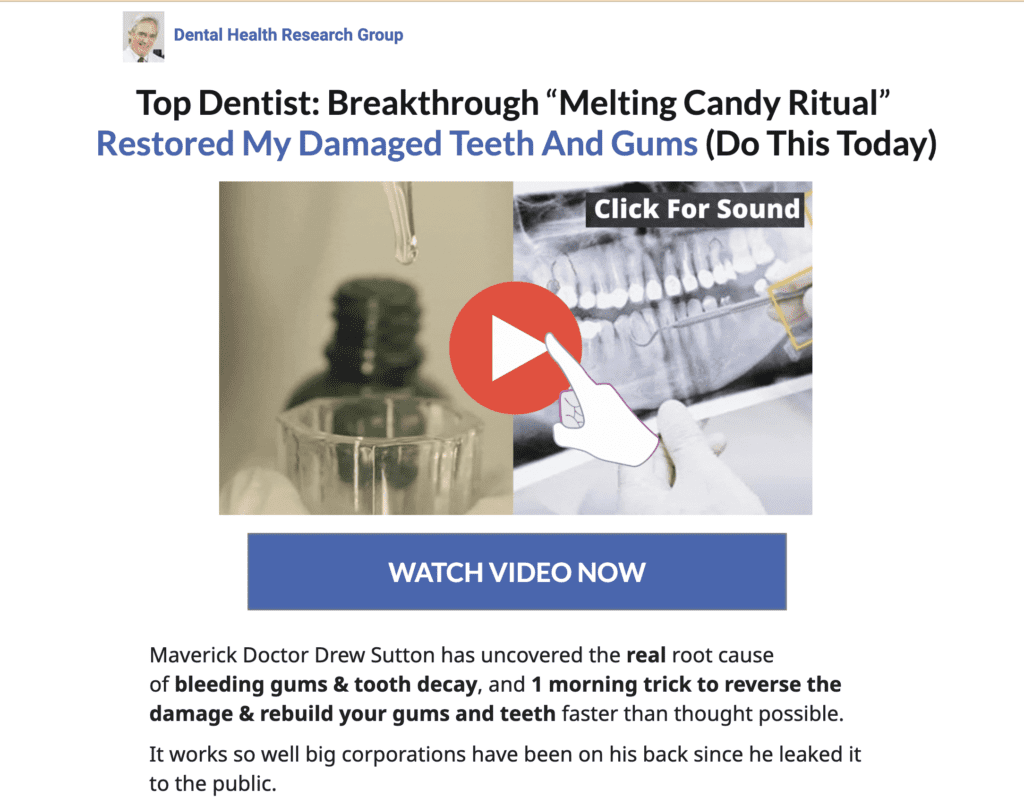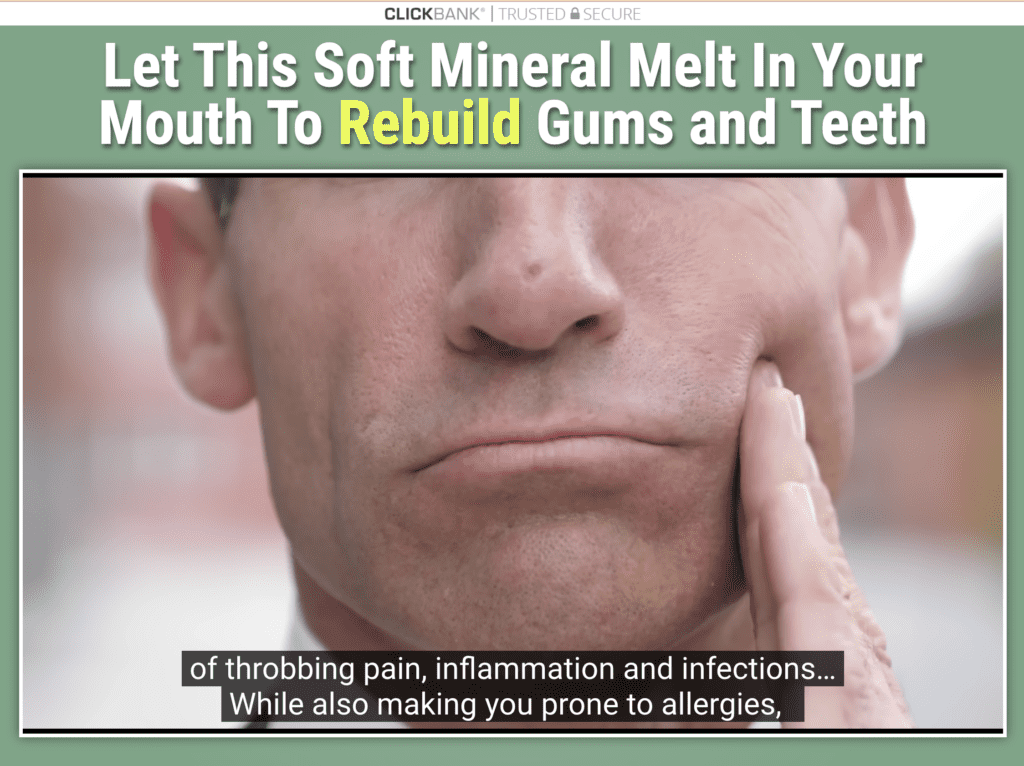Recently, I wrote up an in-depth post on the 5 types of affiliates we typically see on ClickBank.
One of the most popular affiliate types was the PPC/media buyer affiliate. We already have a whole guide on how to get paid traffic for affiliate marketing, so if you’re completely brand-new to paid ads, check that out.
But if you’ve already picked a paid traffic source – like Facebook Ads or YouTube Ads – then your next goal is becoming profitable!
Want to skip the headaches of failed campaigns? Check out these 5 tips for profitable paid ads campaigns from ClickBank’s paid media expert, Jake Newby – and get profitable fast!
NOTE: In this guide, we’ll be using ClickBank as an example of where to get affiliate offers, and Facebook Ads as the traffic source – but these principles apply to any combination of affiliate network and paid ad network.
Join more than 117,000 affiliate marketers!
Get expert affiliate marketing insights delivered right to your inbox. Plus, subscribe now for a step-by-step guide to getting started on ClickBank!
1) Back Out the Funnel
First and foremost, are you thinking of your campaign holistically? It’s not just about the ads themselves – it’s about the entire funnel!
So, looking from the top down over your entire funnel and diagnosing your metrics can often tell you what needs to be changed to reach profitability.

If you promote one of ClickBank’s top offers – or an offer with a high gravity score on the ClickBank marketplace – then you can safely assume that your chosen offer will convert, because other affiliates are currently making sales with them.
This is important, because it indicates that your issue isn’t the offer or its ability to convert. If you promote a proven high-converting offer and aren’t finding success, then that means you should carefully look at each step of your funnel and the performance metrics behind them to back out.
Start by asking yourself these questions:
- Does your ad creative have low clickthrough rates (CTR’s)? (We like to see a minimum of 1-2% – higher is usually better, but only if the traffic goes on to make a purchase.)
- What is the average time spent on your bridge page? And do you have a heatmap set up to see how your visitors are engaging with the page?
- What’s your cost-per-lead (CPL) from your lead magnet? (The ideal CPL will depend on your niche.)
- If you are running to a quiz funnel, is there a specific question people are dropping off at?
By diving into the numbers, you’ll be able to pinpoint where you need to start testing to find your path to profitability.
For more information on numbers, we have a guide covering the most important affiliate marketing metrics and how they impact your success.
Overall, if you’re a new affiliate trying to use paid media to earn commissions, but are struggling with getting consistently profitable campaigns, then it might be time to make adjustments to one of the following: audiences, ad creatives, bridge page, or offer.
2) Test New Audiences
Affiliate success means putting the right messaging in front of the right audience. If you’re stuck trying to figure out what areas of your current audience you should change up, here are a few areas to tweak:
- Demographics
- Interests
- Lookalikes
Tweaking your audience is critical to success, but don’t just assume tweaking means narrowing. You could also try testing even broader audiences than you were advertising to before.
For example, let’s say the audience you’re advertising to is: Women, Ages 45-55, who are interested in weight loss. You could try testing an audience of just women from ages 45-55, or even just women (all ages).
Ad platforms and their algorithms are VERY good at finding pockets of interested prospects/buyers, so giving them more data to work with and allowing them to find those who are interested can often yield more profitable results than if you do all the targeting yourself.
3) Swap Out Ad Creatives
If you want your funnel to back out to profitable sales, then your first step is to create ad creatives that spark curiosity and sell the click to your bridge page.

If your ad creative isn’t performing as it should (i.e. a CTR below 1-2%), consider changing the following:
- Colors
- Imagery
- Text position in an image
- CTA
- Ad copy
Of course, that’s assuming that your hook or angle is resonating with the audience. If none of your creatives are performing, it’s time to look at changing the hooks/angles in your creative. See the “Bonus” section below for more on this.
4) Change Your Presell/Bridge Page
Your bridge page serves as the intermediary between your ad creative and the product owner’s sales page.
This page is your opportunity to put potential prospects in the right mindset and warm them up before you attempt to sell them on the next page.
(If you’re new to creating pages or funnels like these, here’s a step-by-step look at how to make your own landing page.)

Often, elements like your headline, CTA, body copy, etc. need to be adjusted if your bridge page isn’t performing and you are seeing low submit rates or a low click through from the bridge page to the sales page via your hoplink.
Like with the ad creative step, you need to figure out if it’s time to optimize the current page for conversion, or if you should try a completely different bridge page type from what you are currently running.
Consider any of these options:
- General landing pages (video/text)
- Calculators
- Blog articles/advertorials
- Lead magnets
- Quizzes
(You can find out more about affiliate bridge pages here.)
This is also a good opportunity to consider changing what you are offering on your bridge page.
For example, if you are offering an e-book lead magnet and you aren’t finding success, maybe change the type of lead magnet you’re offering. Maybe your prospects would be more likely to submit if they were going to receive a special video to their email that address their pain points, or a downloadable checklist.
The point here is to think through what will motivate your audience to take the desired action on your bridge page and move on over to the sales page.
5) Experiment With New Offers
If you’ve tried everything above and your metrics are solid from ad creative all the way to the product sales page, then it might be time to look at a new offer.
When it comes time to find a new product to promote, this means taking a look at the offer’s numbers, affiliate tools/resources page, and of course, the sales page. (This is the page you’re going to send your traffic to, so you should take the time review it and see if it’s engaging and well-produced).

NOTE: Don’t abandon a decent offer too quickly. If you’ve picked an offer with a high Rank or Gravity score on ClickBank, for example, you can be reasonably confident that a lack of sales is due to a problem somewhere in your funnel and not with the offer you’ve chosen.
I’d highly recommend trying another offer in your chosen niche and continuing to make use of your existing ad creative and bridge page elements – just tweaking them to fit a new offer – rather than starting all the way over from scratch in a new niche.
The more you stick with the same niche, the better you’ll understand the audience and the kinds of angles or hooks that resonate with them.
Speaking of angles and hooks…
Bonus: Adjust Hooks and Angles for Ads
We’ve talked about almost every aspect of paid ads campaigns in this guide so far, but there’s ONE key piece we’ve saved for last.
Regardless of the variable you might decide to test (such as ad creative, bridge page, audiences, etc.), remember that you should be supporting all of these changes with solid marketing principles.
Don’t just look at changing the format of some of these variables – consider changing the hooks/angles you’re communicating, as these generally have larger impact on profitability. Often, messaging can make all the difference.
For example, it’s been proven time and time again by affiliates and marketers around the world that presell pages work. If you’re running a presell page but not finding success, you might need to look at how you are selling content, rather than switching to a completely different bridge page type like a lead magnet.
It’s possible you aren’t addressing your prospects pain points and concerns in the way your angles are currently formed.
Profitable Keto Campaign Case Study
That might all sound great, but it’s also just theoretical so far. What happens when put these ideas into practice?
Well, we have our own example of an affiliate campaign we ran internally at ClickBank in 2021! This one was centered around a keto offer that’s available to promote on ClickBank’s affiliate marketplace. (Click the link to sign up for a FREE account on ClickBank.)
As a quick refresher, whenever you start a paid ads campaign on a platform like Facebook Ads, you should have roughly 3-5 ad sets with slight variations between them. The idea is to quickly find the top performers and ditch the losers.
So, when we started this paid ads campaign, we created two initial ad sets targeting audiences with “Slimming World” and “Calorie” interests. As it turned out, they were both massively unprofitable!
After that, we created a new ad set with the “Diet Food” interest, and the campaign was suddenly working! I want to emphasize that, aside from the audience (interest), everything else was the same: Same ad creative, same bridge page, same campaign.
Ultimately, the ONLY difference we made was creating that new ad set with a targeted interest of “Diet Food.” And astonishingly, as you can see, this is an example where simply changing the audience has resulted in around 4x better results!
In fact, compared to our initial ad sets on this campaign, adding the “Diet Food” interest was enough to help us become profitable. Even with more than double the impressions and reach, the Diet Food ad set was still successful at generating sales.
Like with any campaign, we followed our own rule: Waiting a minimum of 3 days and at least 2x past the breakeven cost per action before shutting down an ad set.
For example, if your commission payout is $100 (the amount you net, not the total sale), then you would wait 3 days minimum with a $200 spend before evaluating whether the ad set is working. If you’ve hit 3 days or $200 – whichever comes first – and you’re seeing a bad cost per result or CTR, then you can kill it.
That’s what we followed for this keto campaign to get the numbers to back out!
6 Steps to Successful Paid Campaigns
I can’t tell you how many times a simple tweak – like the “Diet Food” interest ad set example – can make all the difference. Never be afraid to test and optimize your campaign!
Here’s a quick summary of what to do for a profitable paid ads campaign:
- Start with a compelling angle or hook for your niche.
- Pick a proven affiliate offer that converts in that niche.
- Create a presell/bridge page that can warm up your audience.
- Craft a few different variations of engaging ad creative and copy for 3-5 ad sets.
- Targets each ad set to an audience that would be interested in the offer.
- Run the campaign. Shut down any underperforming ad sets and double-down on the winners.
If you do these six steps, you’ll build a robust funnel in support of your paid campaign. From there, you can uncover and eliminate any weak spots along the way!
Profitable Paid Ads Campaigns Wrap-up
Now, all this might sound simple, but that doesn’t make it easy!
Running profitable paid ads is both an art and a science – though as these paid media algorithms get more sophisticated, it’s safe to say it’s leaning more toward the art side now.
The truth is, nothing will help your campaigns better than solid marketing and copywriting skills. You need to produce ads that get attention and provoke curiosity!
So, if you feel like there’s more you want to learn about paid ads or any marketing campaigns, then I highly recommend checking out Spark by ClickBank.
Inside, we have fantastic Facebook Ads courses from the likes of Max Finn and Robby Blanchard. We’ll see you there!






